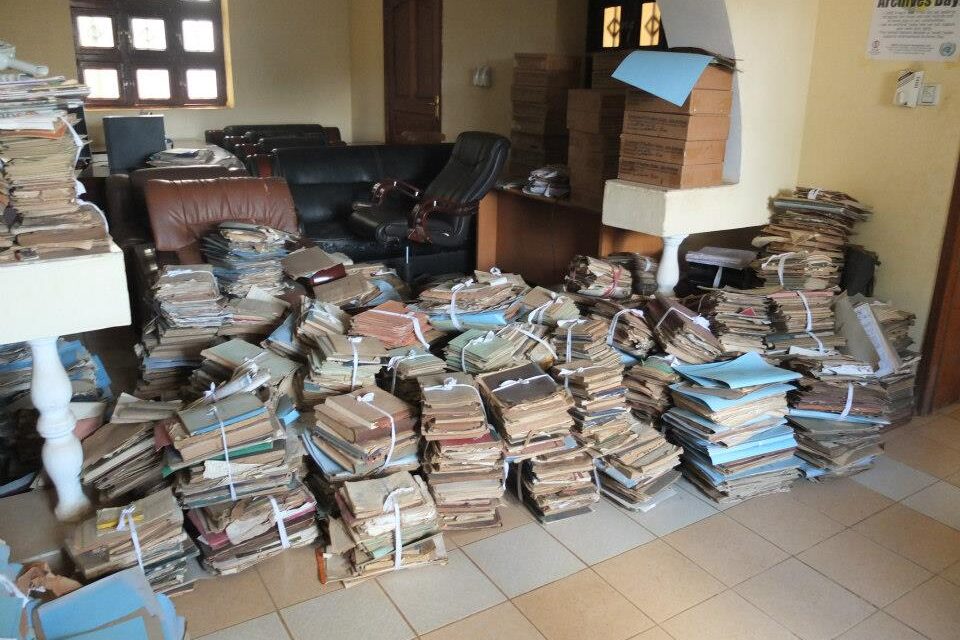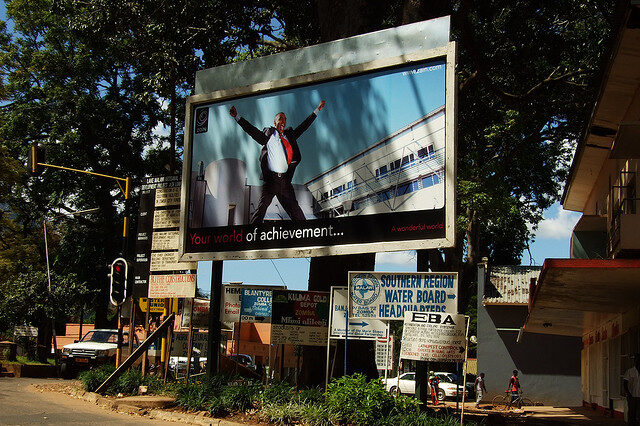Tag: big data
News
- Articles from Policy & Internet
- Books
- Call for Papers
- Child Safety
- Collective Action
- Conferences
- Democracy
- Development
- Economics
- Education
- Environment
- Ethics
- Governance & Security
- Health
- Interviews
- Mapping
- Methods
- Policy
- Politics & Government
- Publications
- Social Data Science
- Submissions Closed
- Tools
- Video
- Wellbeing
-

Seeing like a machine: big data and the challenges of measuring Africa’s informal economies
—
in DevelopmentIn a similar way that economists have traditionally excluded unpaid domestic labour from national accounts,…
-

The scramble for Africa’s data
—
in DevelopmentAs Africa goes digital, the challenge for policymakers becomes moving from digitisation to managing and…
-

Uncovering the structure of online child exploitation networks
Despite large investments of law enforcement resources, online child exploitation is nowhere near under control,…
